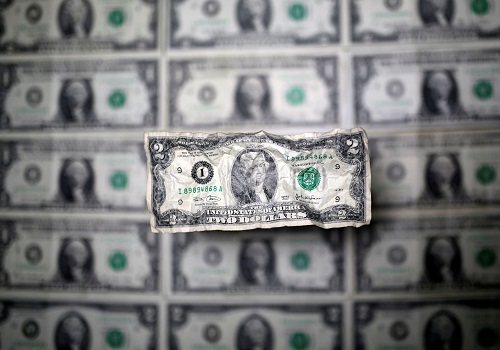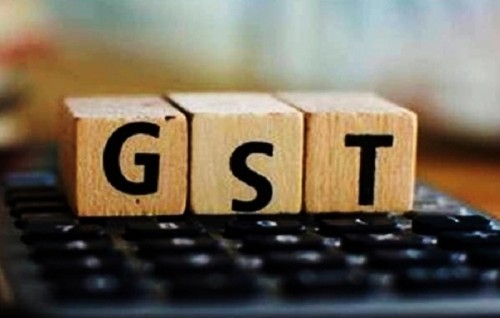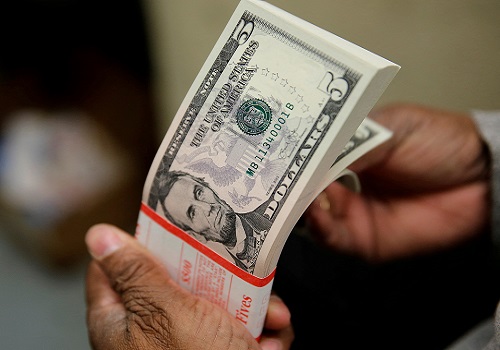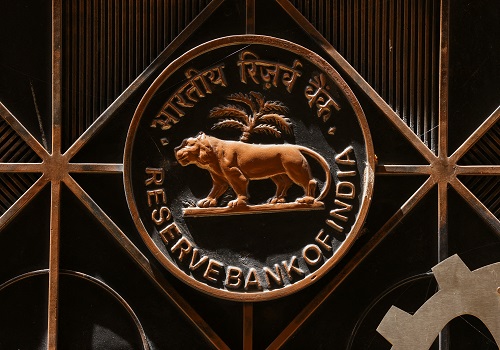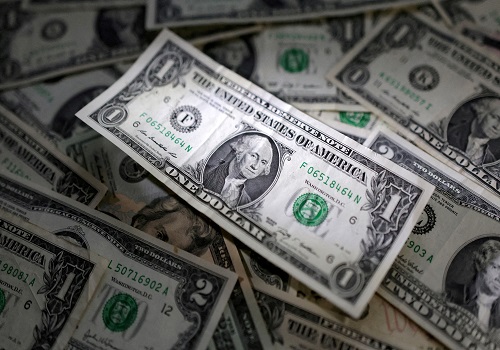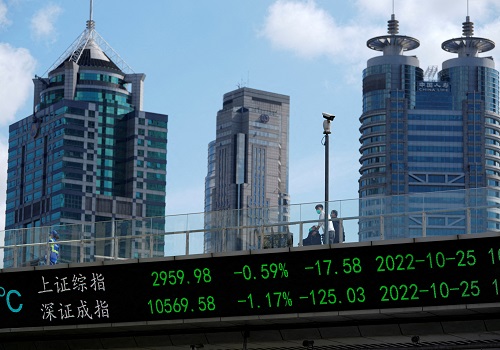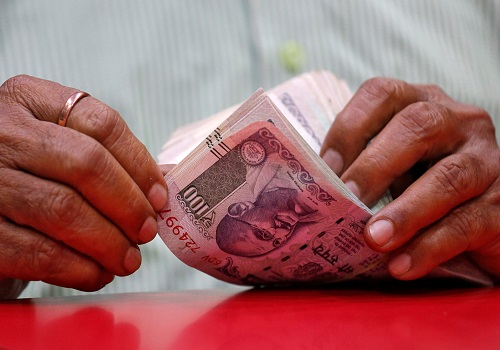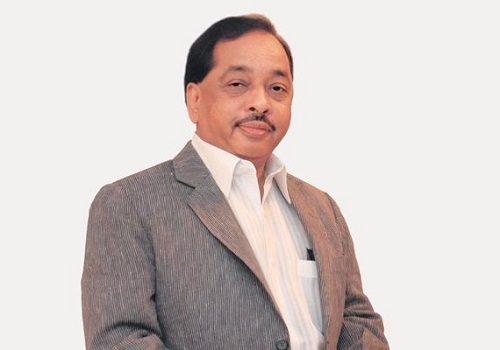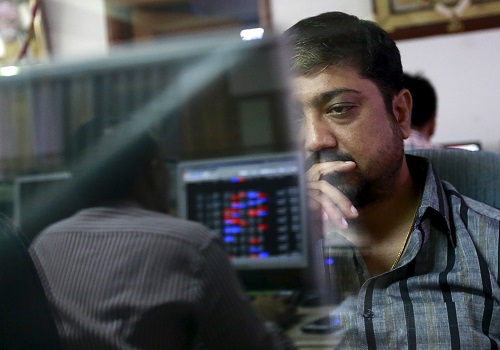Effect of Indian rate hikes still unclear - central bank MPC member Varma

Follow us Now on Telegram ! Get daily 10 - 12 important updates on Business, Finance and Investment. Join our Telegram Channel
The success of the Reserve Bank of India's interest rate rises in controlling inflation is not yet clear, and the pace of rate adjustment will depend on the state of the economy, monetary policy committee (MPC) member J.R. Varma said on Friday.
"If there is robust economic growth, then we would like to accelerate the (inflation) reduction to 4%. But if the economy is struggling, then a slower pace of adjustment would be appropriate," Varma told the Reuters Trading India forum.
The central bank raised its key policy repo rate by 50 basis points (bps) in August to 5.40%, taking the total rises since May to 140 bps. Its next policy decision is due on September 30, with expectations of a rise of less than 50 bps.
By tightening liquidity, the central bank also has pushed interbank interest rates higher within a band, called the corridor, that is defined by the rates at which it borrows or lends from banks.
"The movement of market interest rates from the lower end of the corridor to the upper end of the corridor is itself a form of tightening, and so the actual rate hike is not 140 bps but perhaps 205 bps," Varma said.
He also said there was no consensus on India's neutral real rate, which the central bank defines as the real (inflation-adjusted) interest rate at which economic growth is close to potential and inflation is stable. But he pointed to estimates ranging between 0.5% and 1.5%.
"We are now in a situation of high inflation and weak economy. So the real rate might have to be only slightly above the neutral rate," he said, adding that the real rate needs to be computed using projected inflation of three to four quarters ahead and not based on current inflation.
Based on that expectation, Varma sees further room for the Reserve Bank of India to raise interest rates. "But perhaps not too much," he said, adding, "this debate is really for the next meeting."













